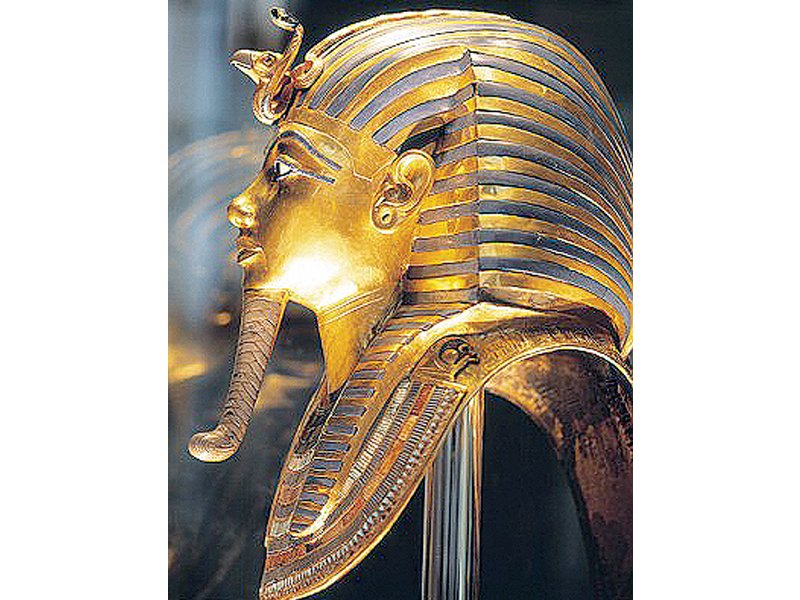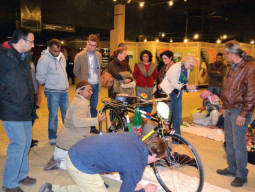
The discovery of Egyptian pharaoh King Tut’s nearly-intact tomb in 1922 may have set the public eye on ancient Egypt, but the burial mask, which became a symbol of the discovery, has recently caught attention for damaging (pun intended) reasons. The mask, got damaged by staff hands at Egyptian Museum, where it has long drawn the attention of antiquity enthusiasts, reported Al-Arabiya News.
The museum employees had to glue the 3,000-year-old burial mask of Tutankhamun back together after its blue and gold beard was snapped off. It is still unclear how the damage occurred, whether it happened during cleaning or if it was removed due to being loose. And it now seems that a hasty repair job may have actually caused even more.
Museum staff has confessed that the glue used to repair the mask was unsuited for the job, which was rushed in order to get the mask quickly back on display. Lights in the exhibition room have now been dimmed to disguise the damage to the ancient relic, which has long been associated with a curse, reported Daily Mail. Let’s hope the curse of the pharaohs doesn’t befall those who damaged the mask.
“Unfortunately, he used a very irreversible material. Epoxy has a very high property for attaching and is used on metal or stone, but I think it wasn’t suitable for an outstanding object like Tutankhamun’s golden mask,” said one of the curators, on condition of anonymity. Worse still, it is thought that some of the glue dried on the mask, which was then scraped off using a spatula leaving scratch marks.
“The mask should have been taken to the conservation lab, but they were in a rush to get it displayed quickly again and used this quick drying, irreversible material,” the curator added. The curator explained that there was now a gap visible between the face and the beard, which previously did not exist.
The Antiquities Ministry has launched an inquiry into the incident. The ancient artefact and other relics found in the boy king’s tomb are among Cairo’s most popular attractions. It is thought the incident occurred last August, but has only just come to light following the revelation of a photograph of the substandard repair.
The Egyptian Museum is one of the city’s main tourist sites and Tutankhamun’s mask and other contents of his tomb are among the museum’s top exhibits. Egypt’s tourism industry has struggled to recover following the violent Arab Spring that saw the overthrow of former President Hosni Mubarak in 2011. Museums and the opening of new tombs are part of plans to revive the industry. But authorities have made no significant improvements to the Egyptian Museum since its construction in 1902, and plan to move the Tutankhamun exhibit to its new home in the Grand Egyptian Museum, scheduled to open in 2018 have yet to be revealed.
Published in The Express Tribune, January 25th, 2015.
Like Life & Style on Facebook, follow @ETLifeandStyle on Twitter for the latest in fashion, gossip and entertainment.













































COMMENTS
Comments are moderated and generally will be posted if they are on-topic and not abusive.
For more information, please see our Comments FAQ